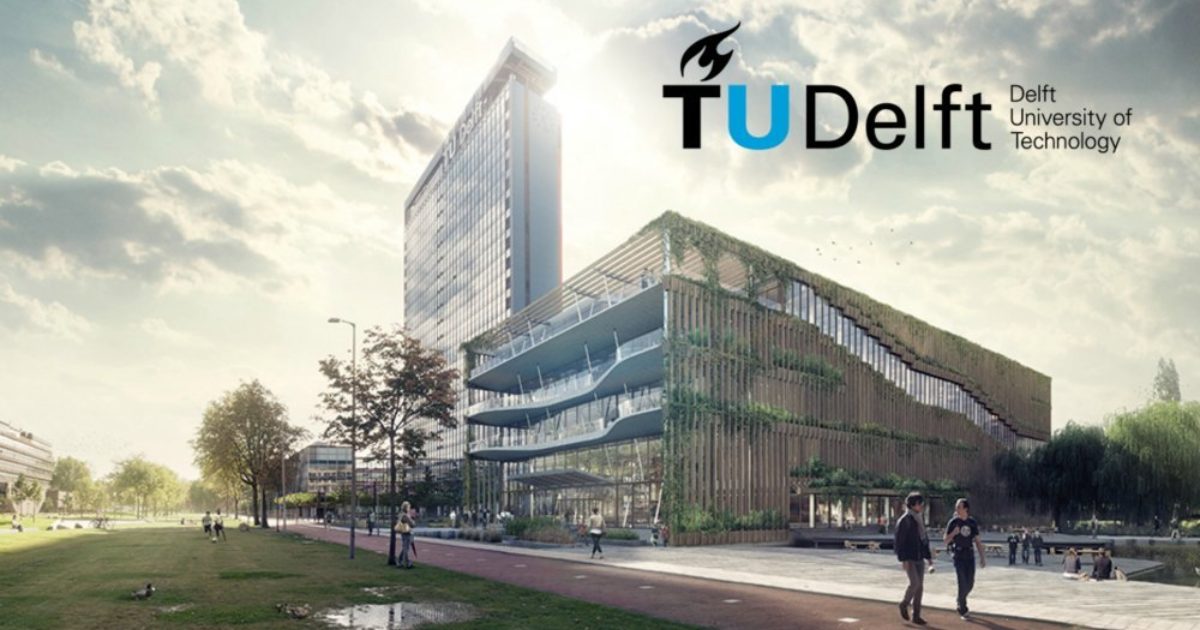TU Delft: Working from home increases desire for green living
Marjolein Bons, student at TU Delft’s Faculty of Architecture and the Built Environment, carried out her graduation project at Dura Vermeer. Under the title “A crisis that triggered change: How the Corona crisis impacted (aspiring) homeowners’ housing preferences”, she explored changing housing needs throughout the coronavirus pandemic.
She chose this topic because of the contradictory reports on the effect of the pandemic on our housing preferences. Did it have any effect, or not? And if so, what effect? Does the lockdown lead to people moving closer to facilities? Or do they want to get more back to nature? Her own housing situation was also a motivation for her study. “While I was writing my thesis I was stuck in my student room. I found that my own housing preferences also changed”, explains Bons.
Her study is based on a housing preference survey among aspiring homeowners who were registered on Nieuwbouw Nederland, a platform offering new-build homes. The result is based on a random sample of 1,458 respondents. This group was divided according to the degree of urbanisation and the composition of the household. Respondents were asked to take their financial situation into account, so that their housing preference would be realistic and not a reflection of their ideal situation.
Need for more outdoor space surrounding the home
It turned out that there is a strong increase in the need for more space surrounding the home. Working from home makes the garden, the green in the street or the local park even more important. And people want to have more easy access to nature (indicated by 50.8% of respondents) and 30.9% want to live in greener surroundings. Through the lock-down people found out that they did not miss the facilities offered by the city, it showed that people are in fact prepared to live further away from the city and their work.
And of course that extra room
The biggest change concerning the home itself is the need for an extra room. 35% of the previously mentioned 17.8% indicated they would like an extra room, although it is striking that actual floor space is less important. Generally speaking, people aren’t looking for a bigger house, but primarily a more functional home.
Families
The change in housing needs was not the same everywhere. Respondents who indicate that their housing preferences have changed are more often city dwellers (48%) and more often have a partner and children (33%) than the total group of respondents, 35% of whom live in the city and 27% of whom have a partner and children. So the coronavirus pandemic has a greater effect on the housing needs of urban dwellers and on couples with children, who may or may not live in a city.
Lasting change
With the approaching end of the coronavirus pandemic, respondents were also asked if their housing preferences would change if everything went back to how it was before. This is not the case. Respondents indicated that even once the pandemic is over, the change to their living preferences would be a lasting one. An important reason for this is that people expect that in the future they will be working from home more than they did before the pandemic struck.

